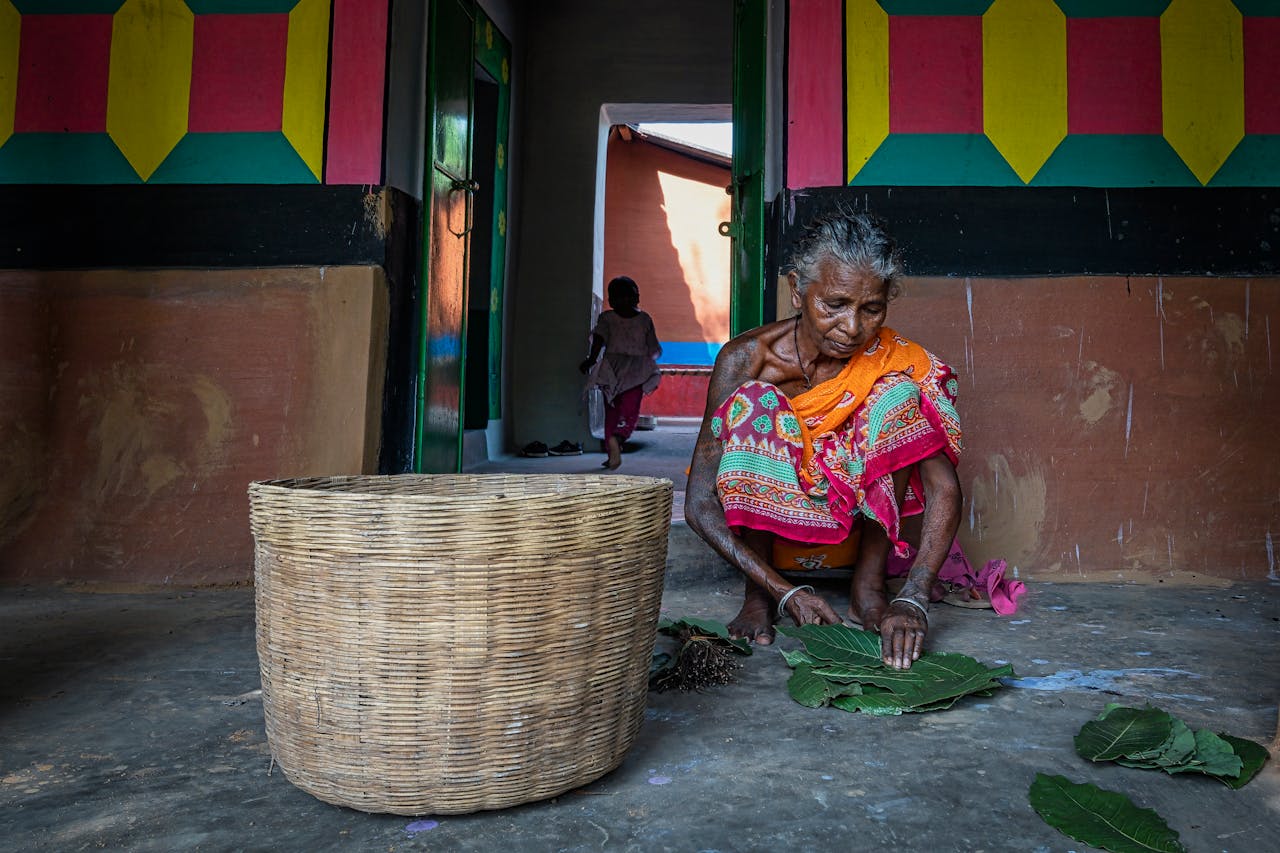Empowering Tribal Communities
Disom Pargana Society is passionately dedicated to uplifting tribal communities across India through the transformative power of education. With a deep understanding of the unique challenges faced by these diverse populations, we aim to create equitable opportunities for learning and personal growth.
In the Santal culture, there is a belief that the earth rests on the back of a tortoise, and when the tortoise moves, it causes earthquakes. These narratives are significant sagas that should be imparted to Santali children; however, traditional schooling often overlooks these teachings. To address this gap, we have established Checht kuwak aatu – The Learner’s Village.
The aim of this village is to prepare preschool children for their educational journey. I refer to these young learners as “Janum Bili,” named after a small fruit known for its sweetness. The Learner’s Village comprises Oraks, which are small huts constructed from mud and bamboo. Given that Santal children interact with various cultures, each Orak symbolizes a different world. There exists an Orak representing the Santal community where our Jamun Billis exclusively communicate in Santali and learn to read and write using the Olchoki script. Another Orak embodies the Hindi world while another caters to foreign languages and cultures—both explored through theatre and games.
Looking ahead, I plan to expand this learning village to include older children aged 6 to 9 years old—referred to as “Badidari dari,” inspired by a robust tree found in our forests known for its medicinal leaves. These older learners will engage with all subjects through practical experiences; mathematics will be taught via hut construction involving height and space calculations, while biology lessons will occur during forest walks and gardening activities.
Many tribal children tend to drop out of school because non-tribal teachers often struggle to ignite their curiosity. The standard curriculum frequently lacks relevance to Santali tribal culture. Therefore, I believe establishing a bridge between their cultural roots and new knowledge is essential for fostering confidence in learning environments. With a solid foundation rooted in their own Santali heritage, they can better navigate Hindi-speaking communities as well as foreign cultures—transforming into mind travelers who appreciate both worlds simultaneously.

Community Schools
We establish and support community schools in remote areas, ensuring every child receives a foundational education tailored to their needs.
Inclusive Curriculum
Our schools offer an inclusive curriculum that respects and incorporates tribal culture, ensuring children connect with their heritage while learning.
Empowerment Programs
We conduct empowerment programs to train educators and community members, enhancing their ability to support children’s education and advocate for their rights.
Our Vision
“Empowering tribal communities through culturally rooted and practical education, fostering self-reliance, dignity, and sustainable development for future generations.”
Our Mission
“To provide culturally inclusive and practical education to tribal children, reduce school dropouts, and empower communities by addressing health, hygiene, and livelihood challenges. Through skill development, legal awareness, and leadership training, we aim to preserve tribal identity while fostering sustainable growth and representation for marginalized communities.”
